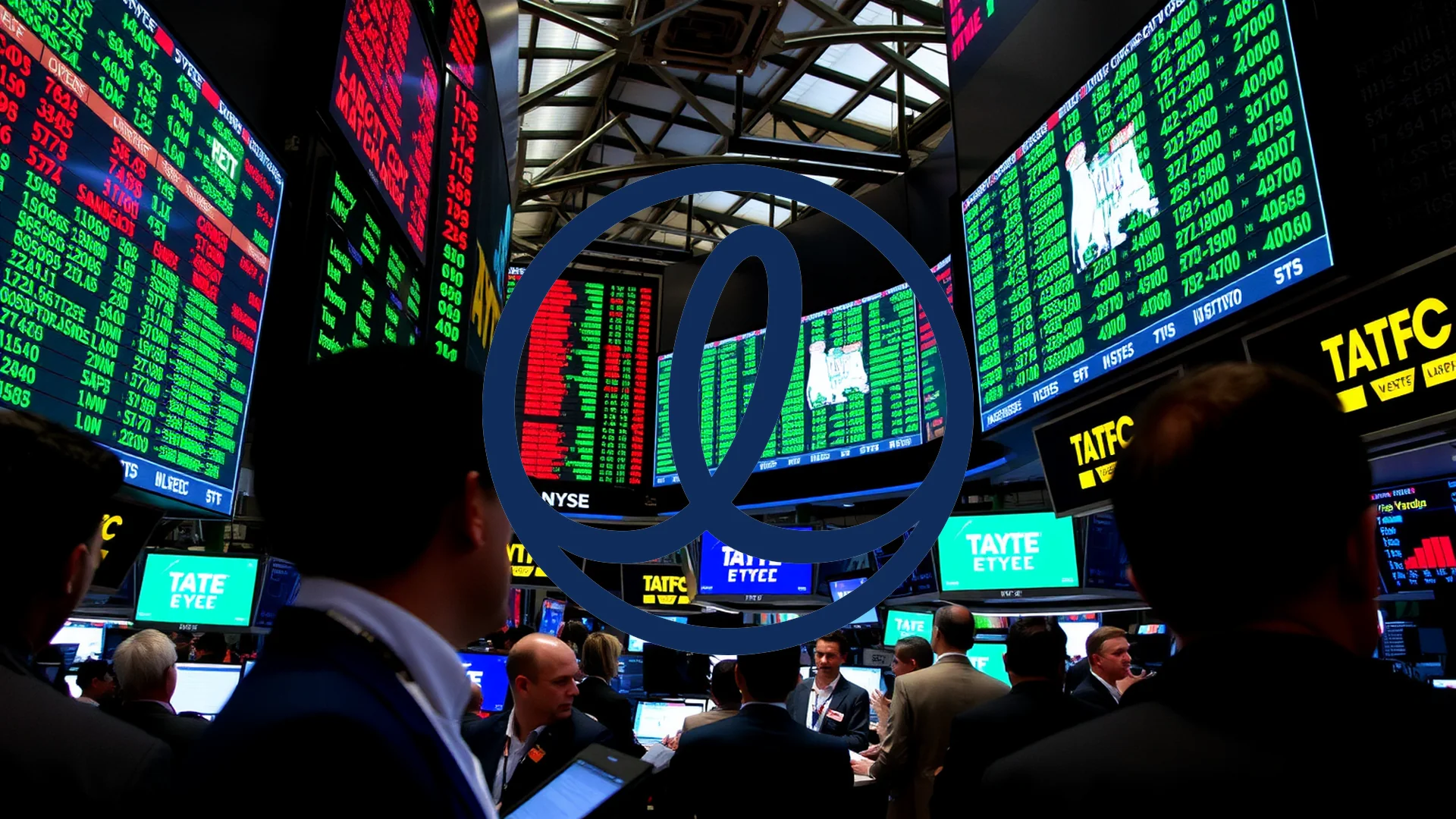The investment thesis for Lululemon Athletica, once a darling of the apparel sector, is facing significant strain. The athletic wear company is navigating a severe operational crisis characterized by consumer fatigue with its core products, intense competitive pressure, and the substantial financial impact of U.S. tariff policy. A critical question now emerges: can the brand leverage its international momentum to offset a pronounced slowdown in its core North American market?
Guidance Cut Sends Shockwaves Through Market
Investor confidence was shaken not by the quarterly results themselves, but by management’s decision to drastically lower full-year financial guidance. The company now anticipates revenue will land between $10.85 billion and $11.0 billion, a notable reduction from the prior forecast of $11.15 to $11.3 billion. The downward revision to earnings per share was even more severe, slashed to a new range of $12.77 to $12.97 from the previous $14.58 to $14.78.
This guidance cut reflects a confluence of three distinct pressures:
– Market saturation and waning excitement for its established product lines
– Intensifying competition within the high-performance athletic apparel sector
– Significant cost increases resulting from international trade tariffs
Tariff Impact Compounds Domestic Weakness
Lululemon’s financials are being directly impacted by current U.S. trade policy. Approximately 40% of its products are manufactured in Vietnam, with about 30% of its fabrics sourced from China, making it highly vulnerable to increased import duties. The company projects these tariffs will reduce 2025 earnings by $240 million, with an even greater $320 million headwind forecast for 2026.
Should investors sell immediately? Or is it worth buying Lululemon?
The company’s performance is increasingly divergent across regions. While the crucial North American market experienced a 4% decline in revenue, international operations showed robust growth. Sales in China surged by 17%, and other global markets saw a 12% increase, highlighting both the domestic challenges and the substantial opportunity for expansion outside the U.S.
Strategic Pivot Underway
Chief Executive Officer Calvin McDonald acknowledged that product cycles had become extended and predictable. In response, the company is accelerating the launch cadence for new collections. The proportion of new styles is targeted to increase from 23% to 35% by the upcoming spring season. Complementing this product refresh, Lululemon has appointed Ranju Das to the newly created role of Chief AI & Technology Officer, signaling a heightened commitment to technological innovation.
However, management cautions that a meaningful financial turnaround will require patience. Tangible benefits from these strategic initiatives are not expected to materialize until 2026. For the current third quarter, the company is projecting only minimal revenue growth of 3% to 4%.
The central issue for investors is whether Lululemon is facing a temporary setback or a more fundamental brand decline. The answer hinges on the company’s ability to successfully reinvigorate its product offerings and effectively replicate its international success in other key markets.
Ad
Lululemon Stock: Buy or Sell?! New Lululemon Analysis from December 20 delivers the answer:
The latest Lululemon figures speak for themselves: Urgent action needed for Lululemon investors. Is it worth buying or should you sell? Find out what to do now in the current free analysis from December 20.
Lululemon: Buy or sell? Read more here...










